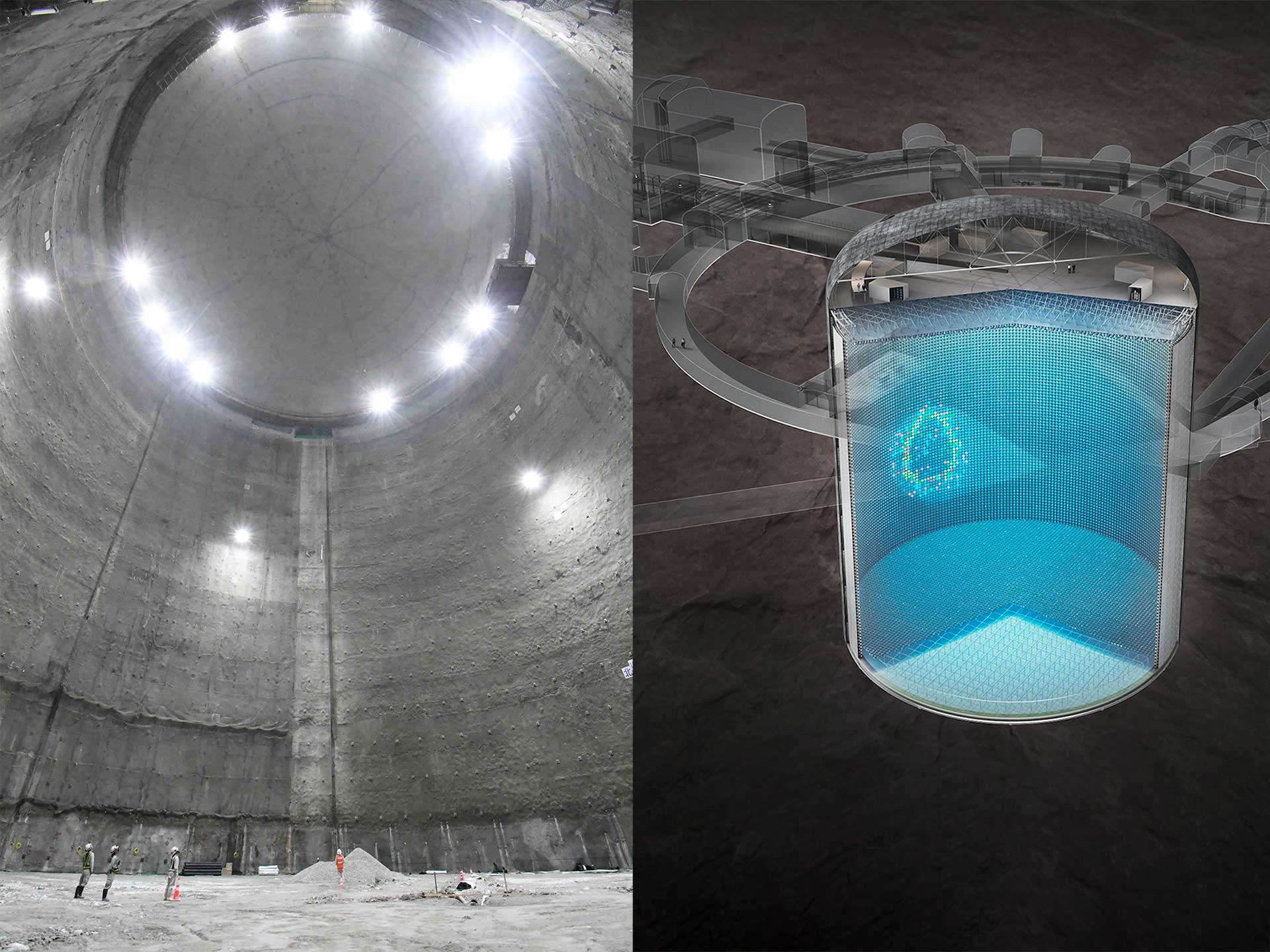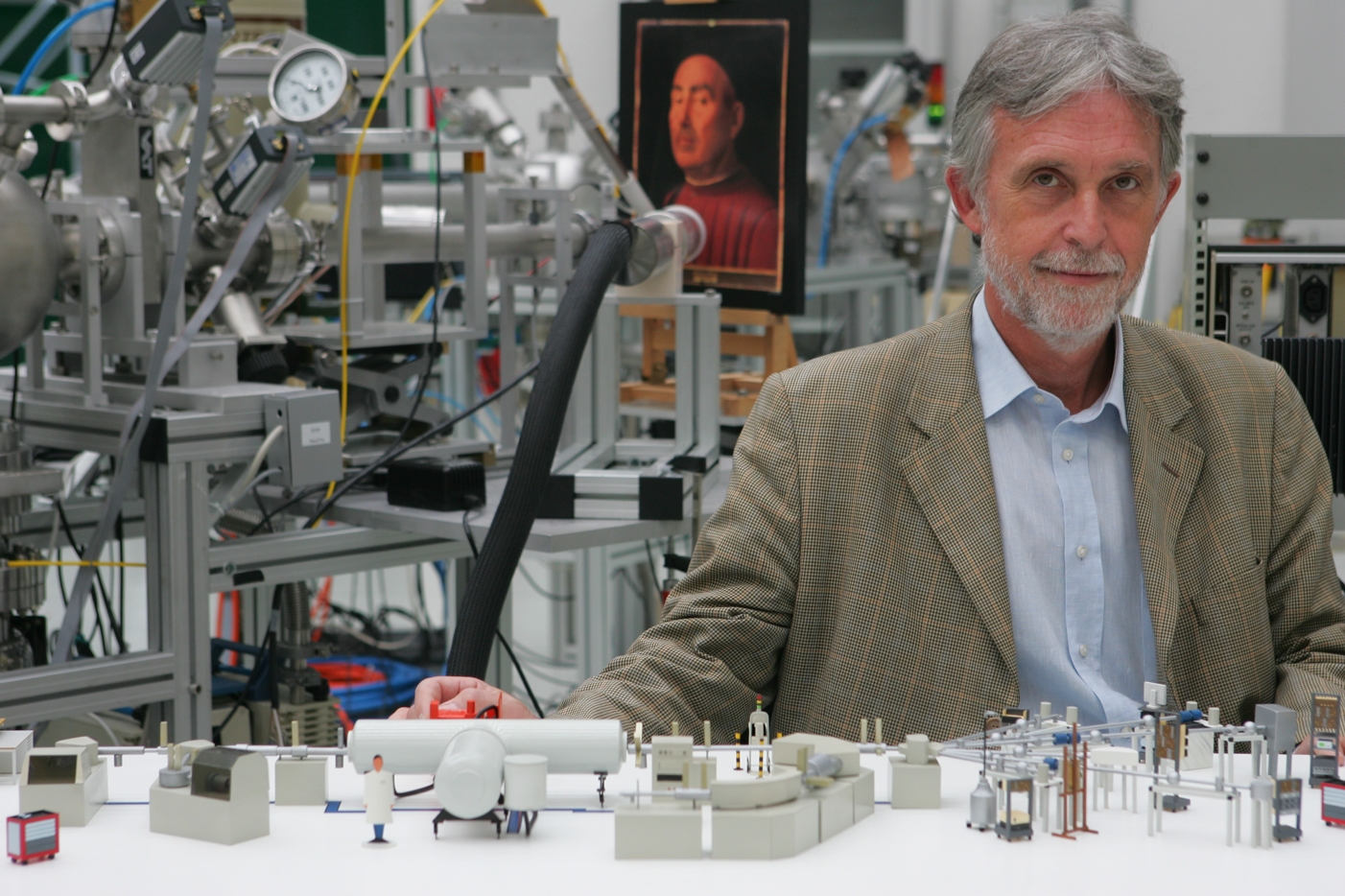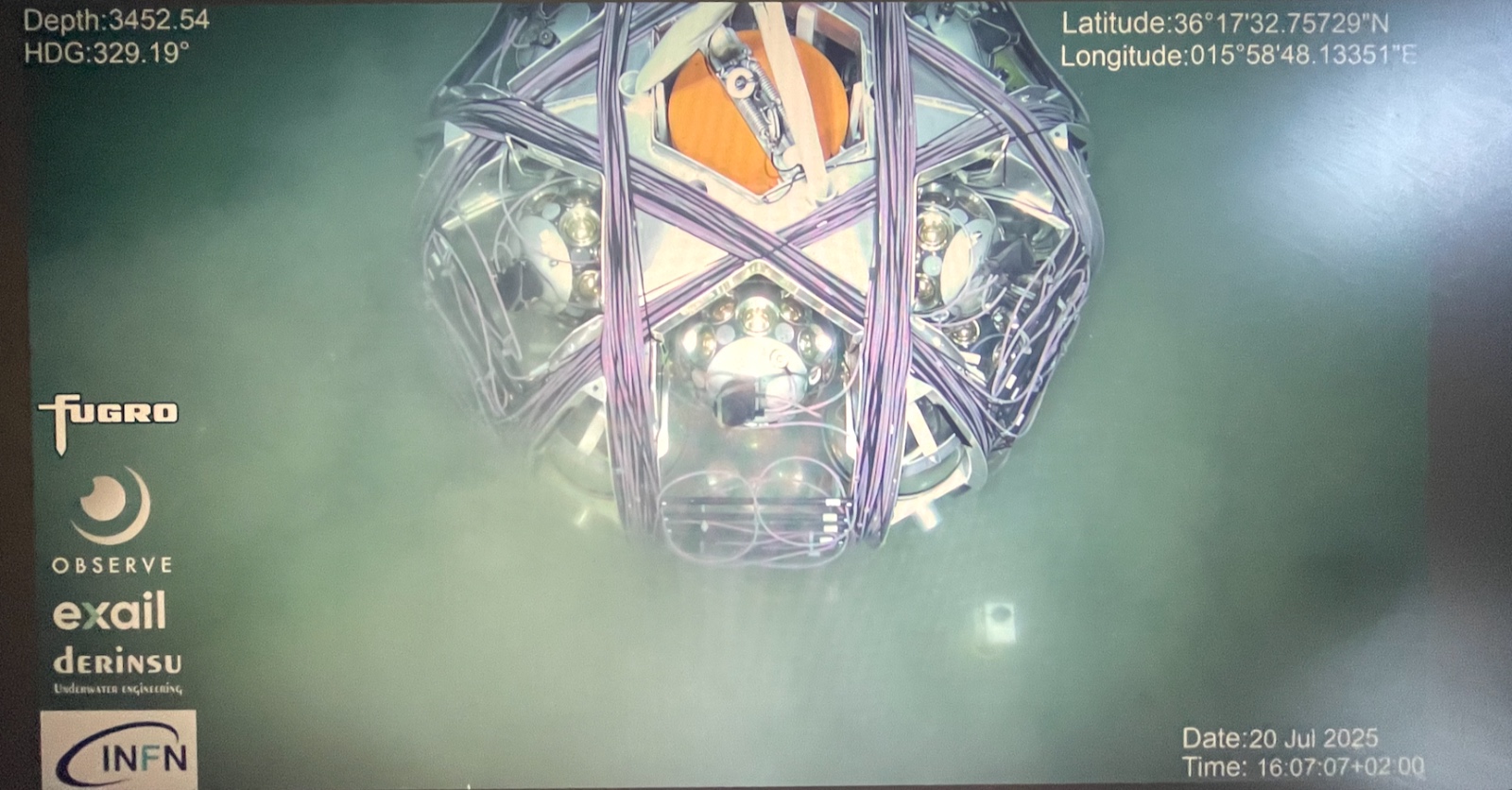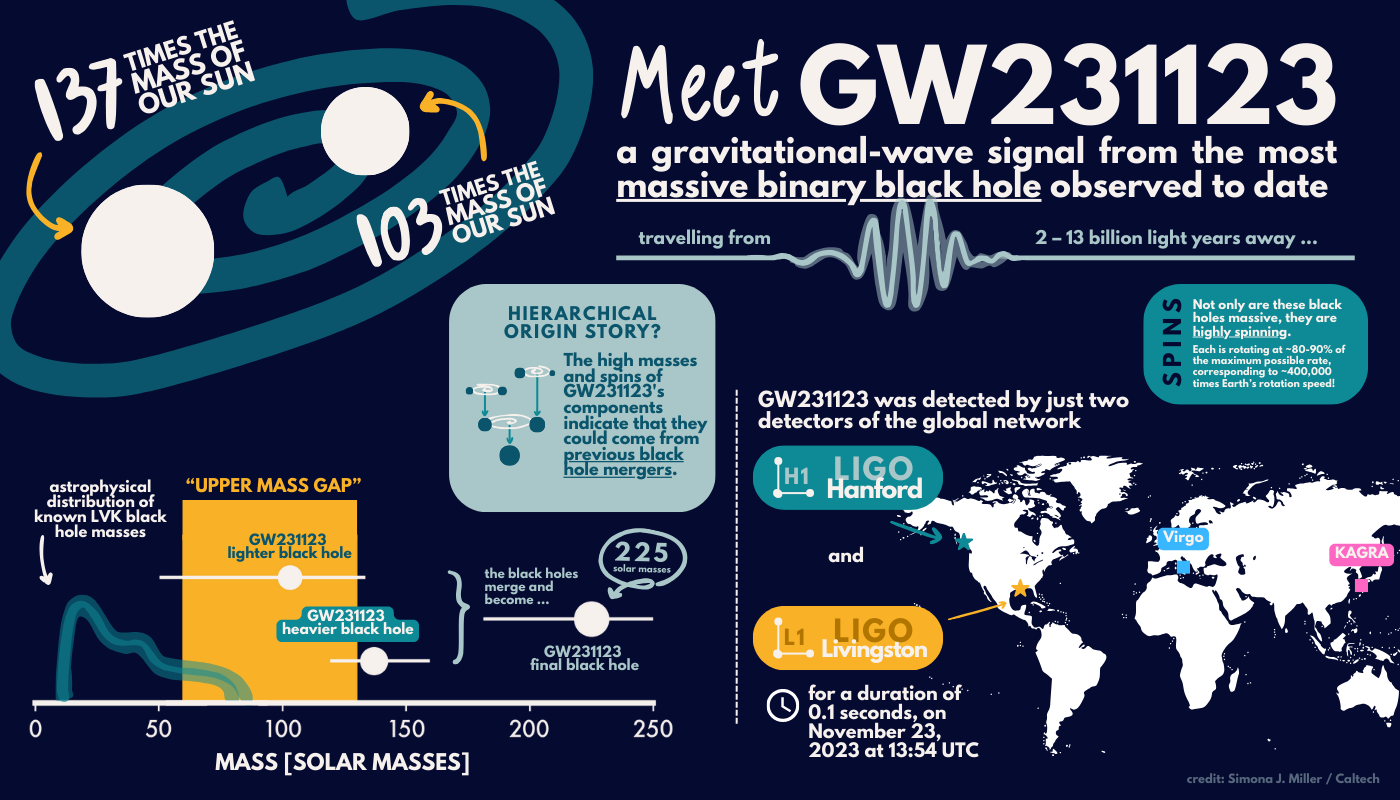 Last few weeks in space for Samantha Cristoforetti. The Italian astronaut of the European Space Agency (ESA), an Air Force Captain, who for nearly six months has been on board the International Space Station (ISS), before concluding her mission is undergoing new tests on blood circulation in microgravity conditions. The tests consist of wearing a number of sensors for measuring blood flow, called plethysmographs, which were made by the Department of Physics and Earth Sciences of the University of Ferrara in collaboration with the INFN Ferrara section, within the scope of the “Drain Brain” project, funded by the Italian Space Agency (ASI).
Last few weeks in space for Samantha Cristoforetti. The Italian astronaut of the European Space Agency (ESA), an Air Force Captain, who for nearly six months has been on board the International Space Station (ISS), before concluding her mission is undergoing new tests on blood circulation in microgravity conditions. The tests consist of wearing a number of sensors for measuring blood flow, called plethysmographs, which were made by the Department of Physics and Earth Sciences of the University of Ferrara in collaboration with the INFN Ferrara section, within the scope of the “Drain Brain” project, funded by the Italian Space Agency (ASI).
“These are non-invasive portable instruments – explained Angelo Taibi, INFN researcher and sensor development project manager – which measure the capacitance change associated with changes in blood volume”. And Cristoforetti herself, in her logbook “Outpost 42”, explained the test procedure, which she has already carried out in the past: “Wearing these sensors on my neck, arm and leg, I took a series of breaths at 70% of lung capacity staying still, or stretching and contracting my hand or ankle”. “And, while doing these activities – she added -, the software gave me instructions on when to start to exhale or inhale”. The objective of the tests is to study how the venous return from the head to the heart changes with the loss of gravity. “This is an aspect about which we currently know very little: a better understanding of these circulatory mechanisms could, for example, help to explain certain degenerative brain diseases,” concluded Cristoforetti.





